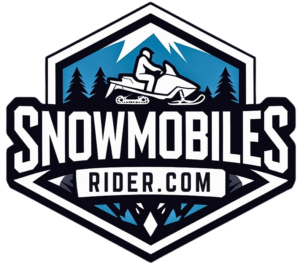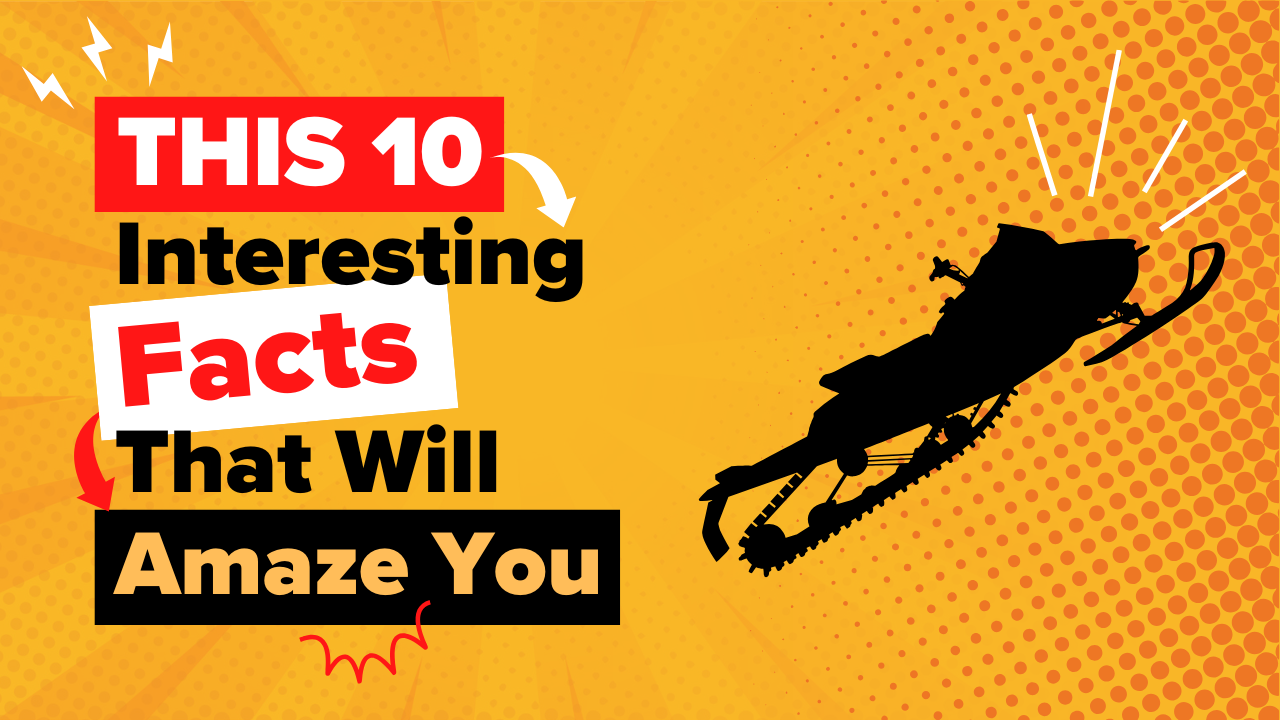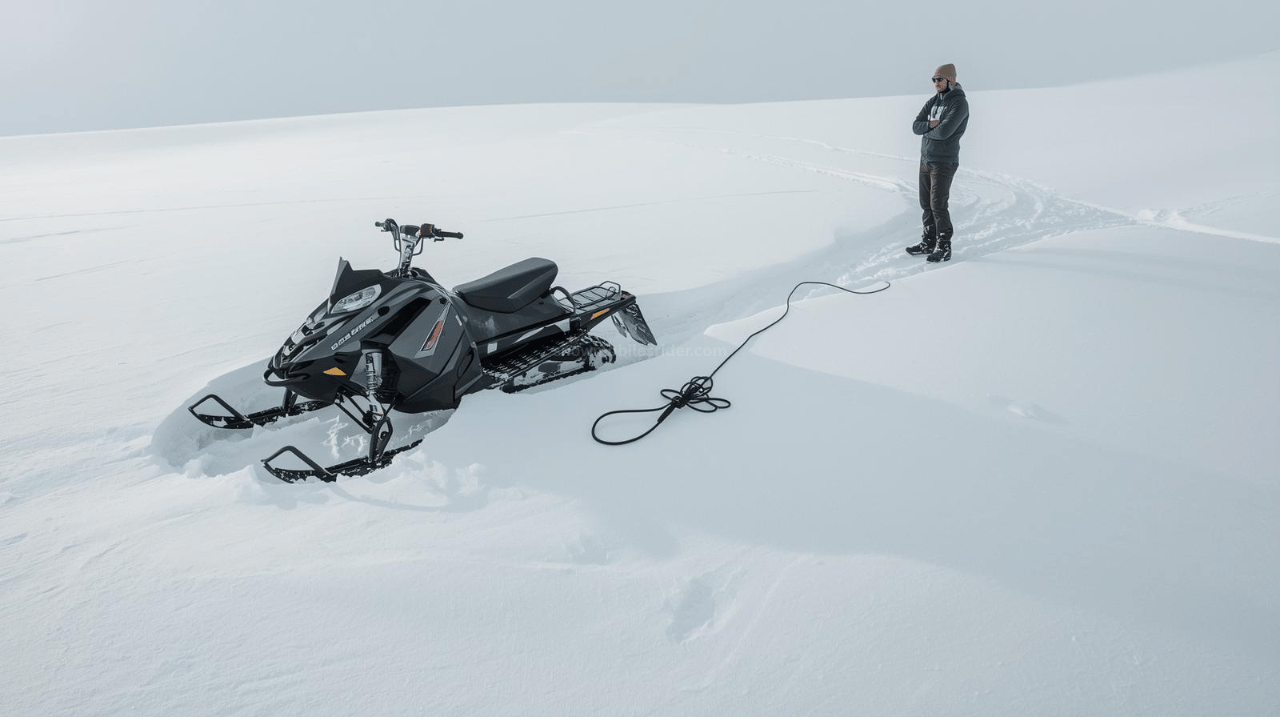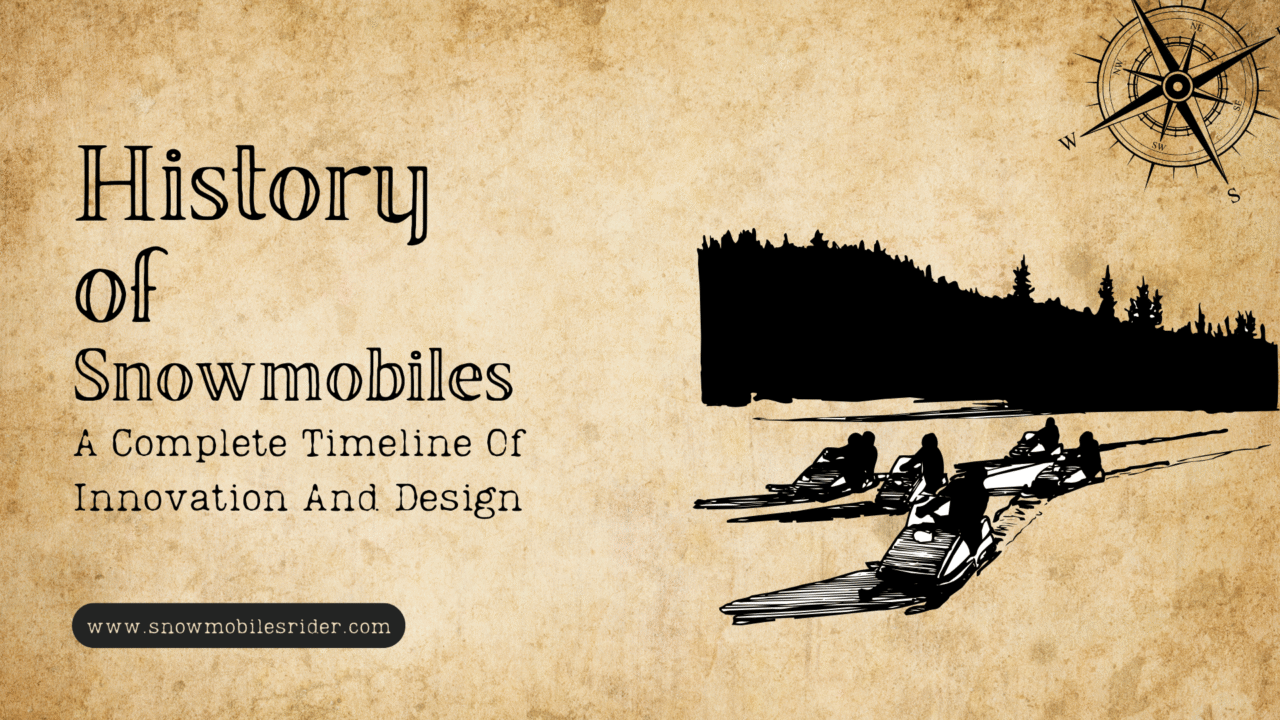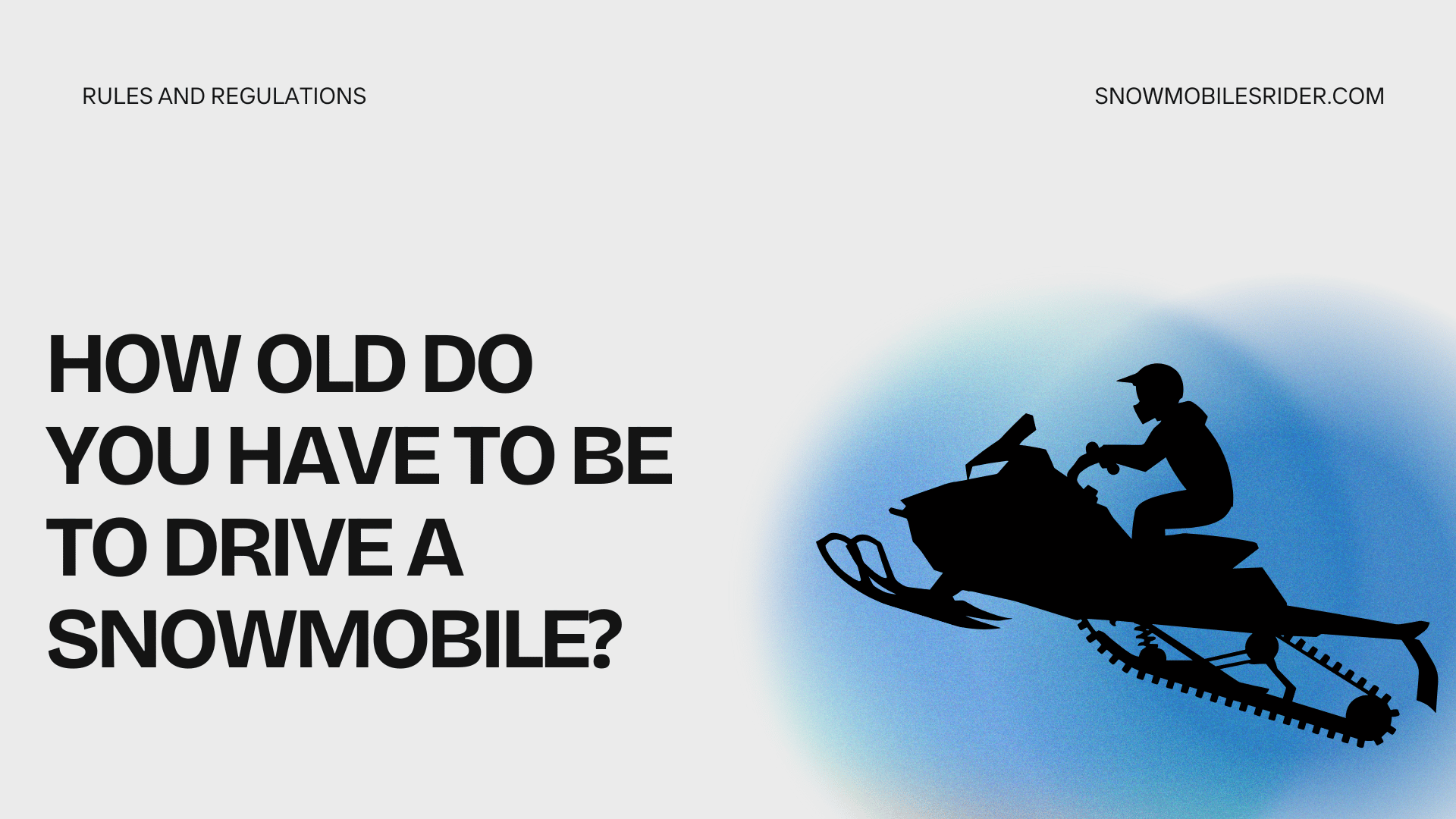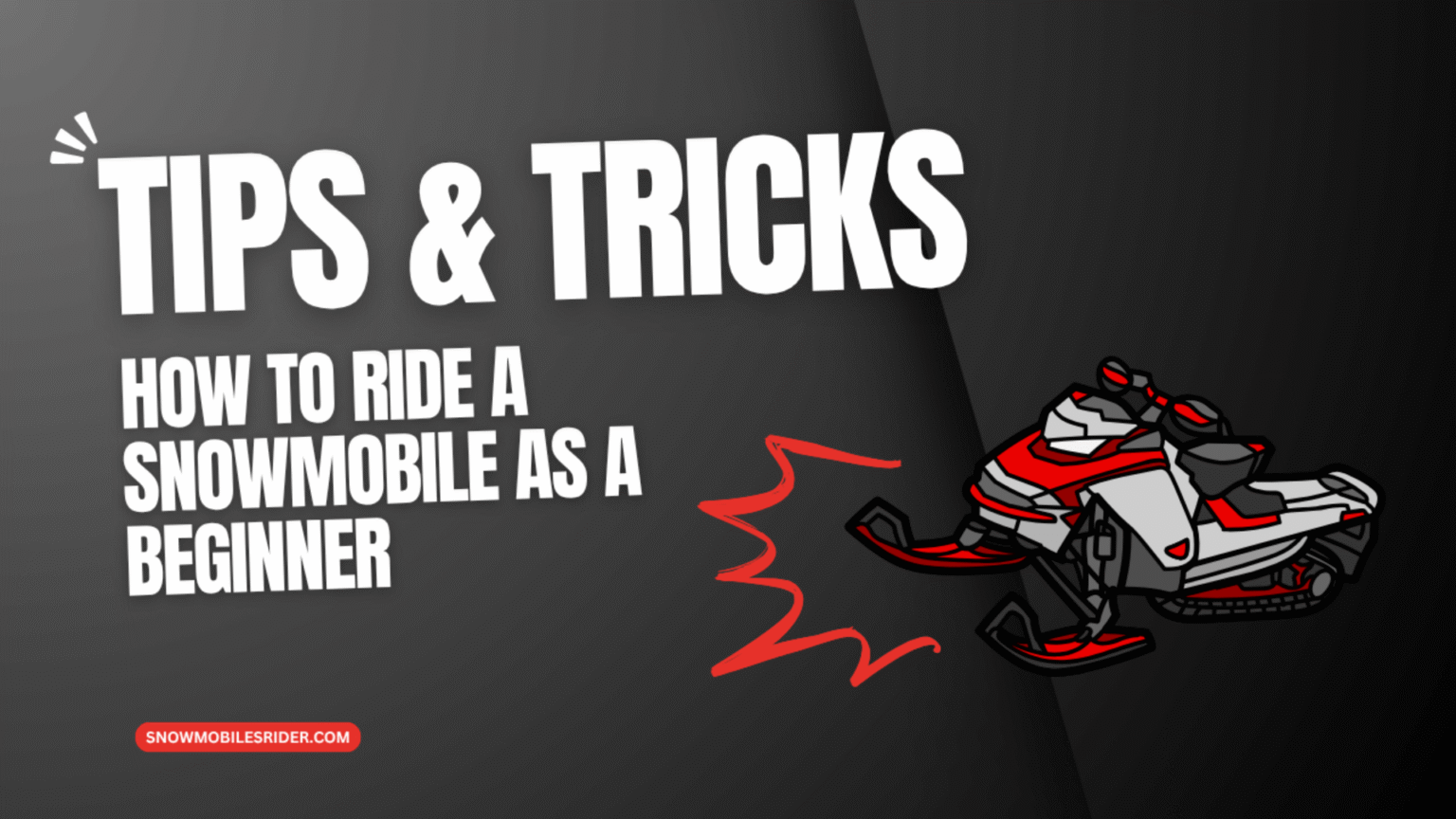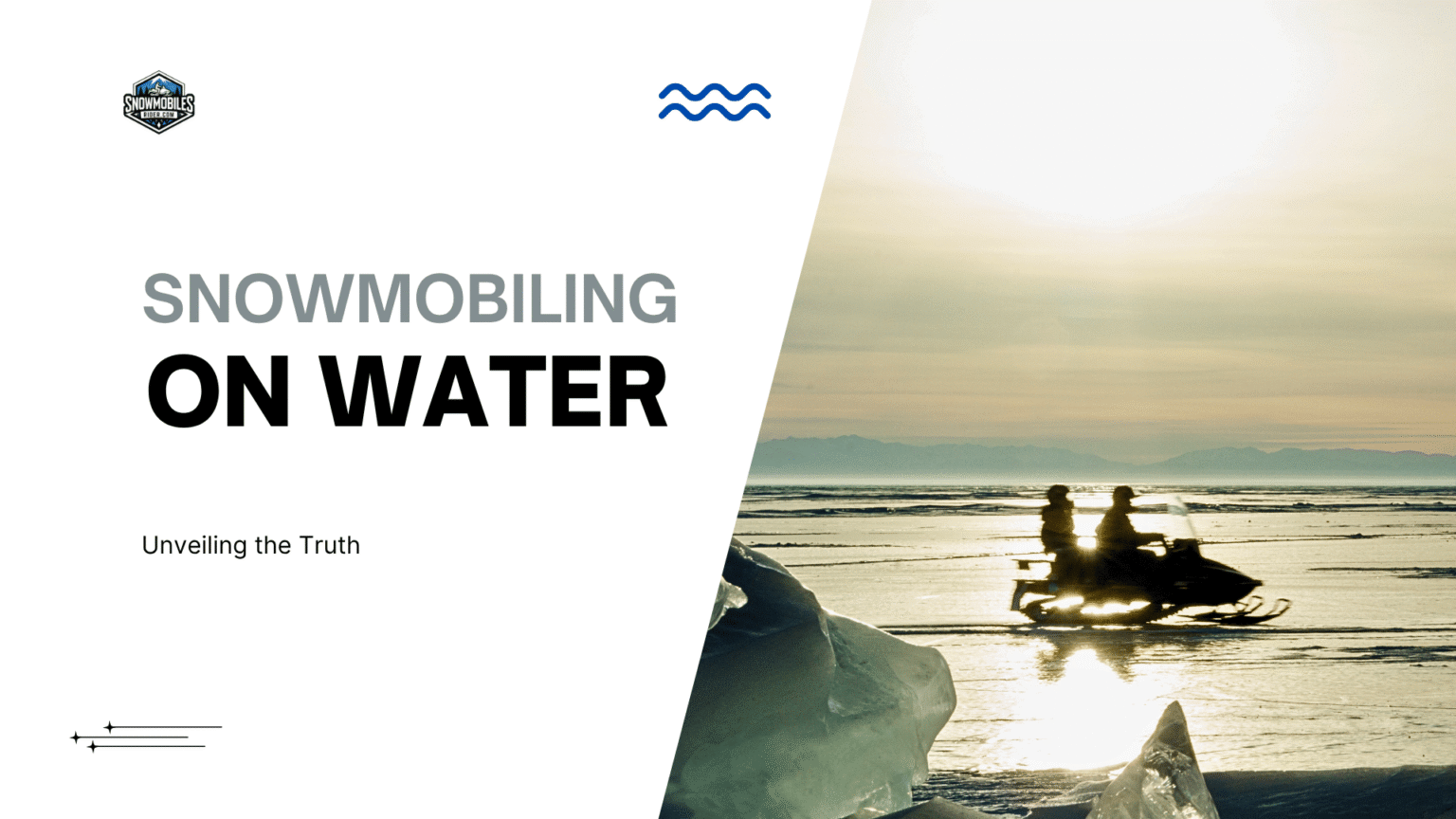Hey there, snowmobile lovers. Today, we are exploring some facts and myths about snowmobiles. As you know, some riders only stick to long-standing rules, while some believe in repeat warnings they heard once and never questioned. In this article, we will explore some interesting facts about snowmobiles. We will tell you in detail information about different myths, where they came from, etc., so stay connected with the article and quench your thirst about snowmobiles.
Interesting facts about snowmobiles: how myths are generated
Before we bust myths, we need to understand how myths are generated. As we know, in many regions, snowmobiles are seasonal, and many riders learn from a single person or a family member. People often remember old mechanical limitations even after modern engineering solves them. Add in the human preference for simple safety rules, and it is easy for nuanced advice to turn into a myth. When you encounter a bold claim about snowmobiles, check two things:
- Is it grounded in current machines and contemporary practice?
- And does it overlook key nuances such as riding style, terrain, or upkeep?
Snowmobiles: Interesting facts. Myth 1: A Snowmobile without a 2-stroke engine sinks in deep powder
Flotation of a snowmobile on powder mostly depends on surface area, track design, and rider skills, not only engine type. Engine power affects how quickly you can climb and whether you can maintain momentum or not. But a properly equipped four-stroke or a modern four-stroke direct injection snowmobile with a long, aggressive track can float and climb very well.
How this myth came into existence
Decades ago, older 2-stroke snowmobiles were used for mountain climbing and powder riding, so older people started saying that only 2-stroke snowmobiles can do this, but modern research denies it completely.
Pro tips:
If you want to ride on deep powder, choose a snowmobile with longer tracks and higher slegs. Also, practice throttle control and positioning. Engine type matters less than track choice and rider skill.
Snowmobiles: Interesting facts Myth 2: warm up the engine for a long time
Nowadays, people say that you need to warm up a cold snowmobile for a long time before riding it, otherwise it will damage the engine.
Reality
According to experts, allowing the snowmobile to reach optimum temperature is required; long-time heating is not ideal. Modern fuel injection and direct injection systems allow for safe riding sooner. Gentle riding after a short warm-up is the best way to bring the engine up to temperature evenly. Long idling wastes fuel, causes incomplete combustion, and can lead to oil dilution or carbon deposits in some engines.
How this myth came into existence:
In very cold environments, some old carburetors require a very long time to warm up equally. But a very well-maintained snowmobile, especially modern snowmobiles, busts these myths.
Pro tip:
Follow the manufacturer’s recommendations. Generally, start the sled, let it idle just long enough for oil to circulate, then ride gently until the temperature stabilizes. Avoid longer engine warming.
Snowmobiles: Interesting facts, Myth 3:Studded tracks give more safety
Some riders believe that studded tracks are good because they increase traction on ice.
Reality:
Studs significantly improve traction on ice and hardpack, but they add wear to the track and can damage groomed trails. In some cases, studs can also change handling and can reduce flotation on ice. Studs are also permanently banned on some trails, like public trails in Minnesota.
How this myth came into existence:
When some riders experience good improvements on trails, they become advocates for studs, but they do not know the reality.
Pro tips:
Use studs when you frequently ride icy surfaces and when allowed by local rules. Remove them for pure powder runs and when using groomed trail systems that prohibit them.
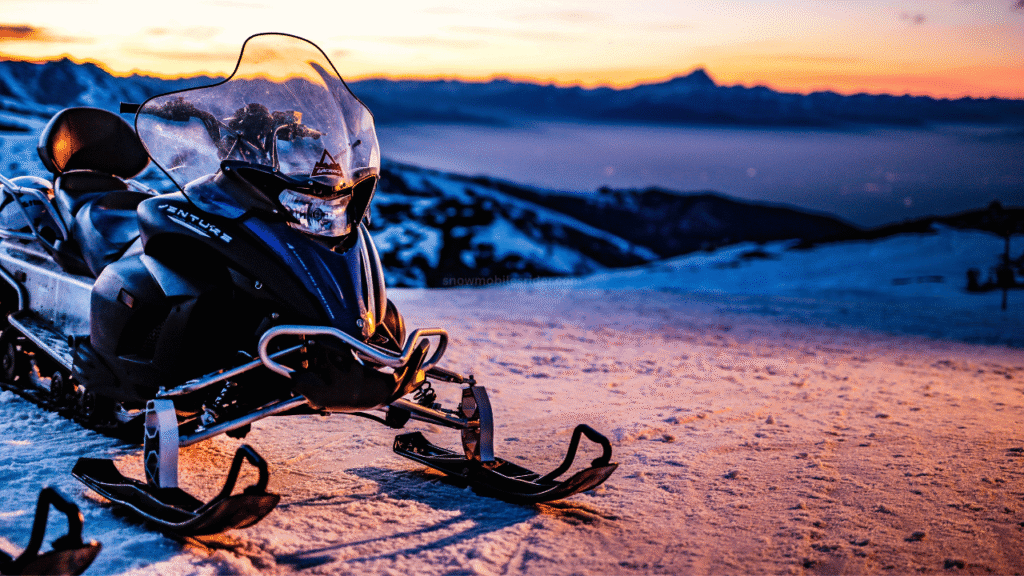
Snowmobile: Interesting facts Myth 4: Eclectic snowmobiles can replace gas ones!
Nowadays, you know that electric snowmobiles have been introduced in the market, and many people believe that these snowmobiles are ready to replace gas ones.
Reality:
Electric snowmobiles are good for quiet, low-emission local riding. They work well for shorter rides. However, battery range, weight, and cold weather performance still limit them to many riders. Furthermore, remote charging is also a big concern. So we can say that technology is improving, but electric snowmobiles are not a universal replacement.
How this myth came into existence:
As electric technology is improving, some people are trying to hype electric vehicles without knowing the limits.
Pro tips:
You can use electric snowmobiles for shorter trails, but if you are an aggressive rider or want to increase your limit, then gas ones are for you.
Snowmobiles: Interesting facts. Myth 5: A Bigger engine ensures safer riding
Some riders believe that stronger engines ensure safer riding because they can tackle most of the hurdles and can give better handling and control over the snowmobile.
Reality:
Power matters in some cases, but excessive power without a proper gear and skills can be destructive. A powerful snowmobile can reach higher speeds and amplify mistakes. But safety does not depend on engine power only; safety requires engine power combined with rider skills, terrain, and suspension systems.
How this myth came into existence:
People use horsepower to compare the powers of different snowmobiles. Many people, while making a decision, think only horsepower matters, so they become supportive of this myth.
Pro tips:
Pick a power appropriate to your experience and typical riding. If you upgrade to a higher-power snowmobile, invest time in training and adapt suspension and brake settings.
Snowmobiles: Interesting facts Myth 6: You can not ride on lakes!
Some people say that lakes are unsafe and one should never try to cross them with a snowmobile.
Reality:
Riding on frozen lakes is a bit tricky. You can easily ride on a frozen lake if you know the local conditions. Many riders cross lakes regularly on groomed routes. However, ice conditions vary due to currents, inlets, springs, and temperature swings. Safety requires local knowledge, measuring ice thickness, and conservative planning.
How this myth came into existence:
Due to high profit incidents, this myth came into existence. So some riders avoid riding a snowmobile on a frozen lake.
Pro tip:
If you want to ride on a frozen lake, measure ice thickness, avoid unknown areas, carry a rescue gear, and seek local guidance. And never go alone.
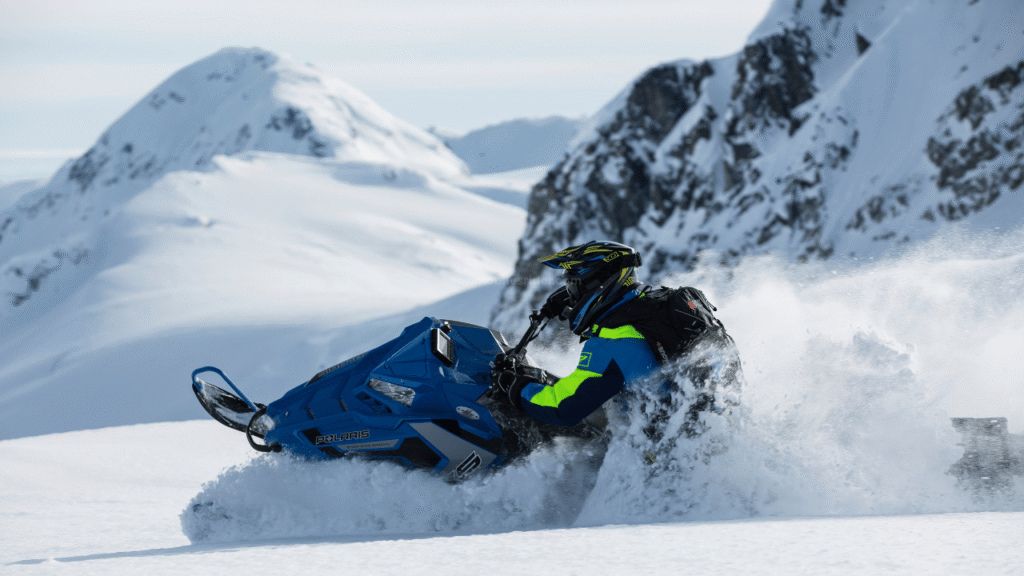
Snowmobiles: Interesting fact, Myth 7: 2-stroke engines consume more oil
Older snowmobiles with throttle-stroke carburetors burn both fuel and engine oil, so they give more emissions and less efficiency compared to a 4-stroke engine.
Reality:
Older 2-stroke carburetors burn both oil and fuel, but modern 2-stroke direct engines have significantly improved fuel economy and emissions.4-stroke engines are generally cleaner, but advancements in 2-stroke engines have removed that gap.
How this myth came into existence:
When people do not upgrade with time, smoky engines make an impression on people due to their emissions.
Pro tips:
Select modern 2-stroke direct injection snowmobiles or go for 4-stroke modern snowmobiles. Always remember that proper maintenance is also necessary for lower emissions and greater efficiency.
Snowmobiles: Interesting facts Myth 8: Snowmobiles harm wildlife
Many people assume that snowmobiles are harmful to the environment and also have an effect on wildlife.
Reality:
Actually, anything that is used beyond its limits is dangerous. If we ride snowmobiles with proper rules and regulations, no one will be harmed. These include following safety instructions and riding on selected trails so that no one will be harmed, including the wildlife.
How this myth came into existence:
Visible disturbances and poorly chosen routes create memorable negative impacts. A few bad actors give the whole sport a bad reputation.
Pro tips:
Always follow local rules and regulations, use modern, quieter snowmobiles, and drive responsibly.
Snowmobiles: Interesting facts, Myth 9: You need a lot of mechanical skills to own a snowmobile
Some people think that they have to become a mechanic to own a snowmobile.e
Reality
Basic knowledge of maintenance is necessary for owning any kind of mechanical object. In case of snowmobiles, basic maintenance like belt checks, track inspection, and fluid changes are manageable with simple tools, and instructions are required. For complex tasks, service centers exist. Owning a snowmobile does not require advanced mechanical knowledge, but knowing routine checks improves reliability and safety.
How this myth came into existence:
Complex repairs are usually in older models. Some stories of major results also strengthen this myth.
Pro tips:
Learn a basic pre-ride inspection routine and keep a trusted mechanic for bigger jobs. Many owners teach themselves basic maintenance quickly.
Snowmobiles: Interesting facts, Myth 10: Aftermarket parts improve performance
Some riders assume any aftermarket upgrade will make their snowmobile faster or handle better.
Reality:
Quality aftermarket accessories can be beneficial, but mismatched upgrades can disturb handling. For example, a more aggressive track improves traction but may overload the drivetrain or reduce maneuverability on trails. Some modifications can void warranties and create legal issues.
How this myth came into existence:
Marketing vendors claim to oversimplify trade-offs to sell upgrades.
Pro tips:
Seek help from a professional mechanic and always upgrade what suits your riding style.
So, summing up all the things we have busted, 10 myths about snowmobiles are discussed in this article. Always remember myths are to be busted. If you have any queries related to our context or want to add a myth in this article, feel free to contact us at any time. We are always here to guide you in your journey. Have a wonderful day.
